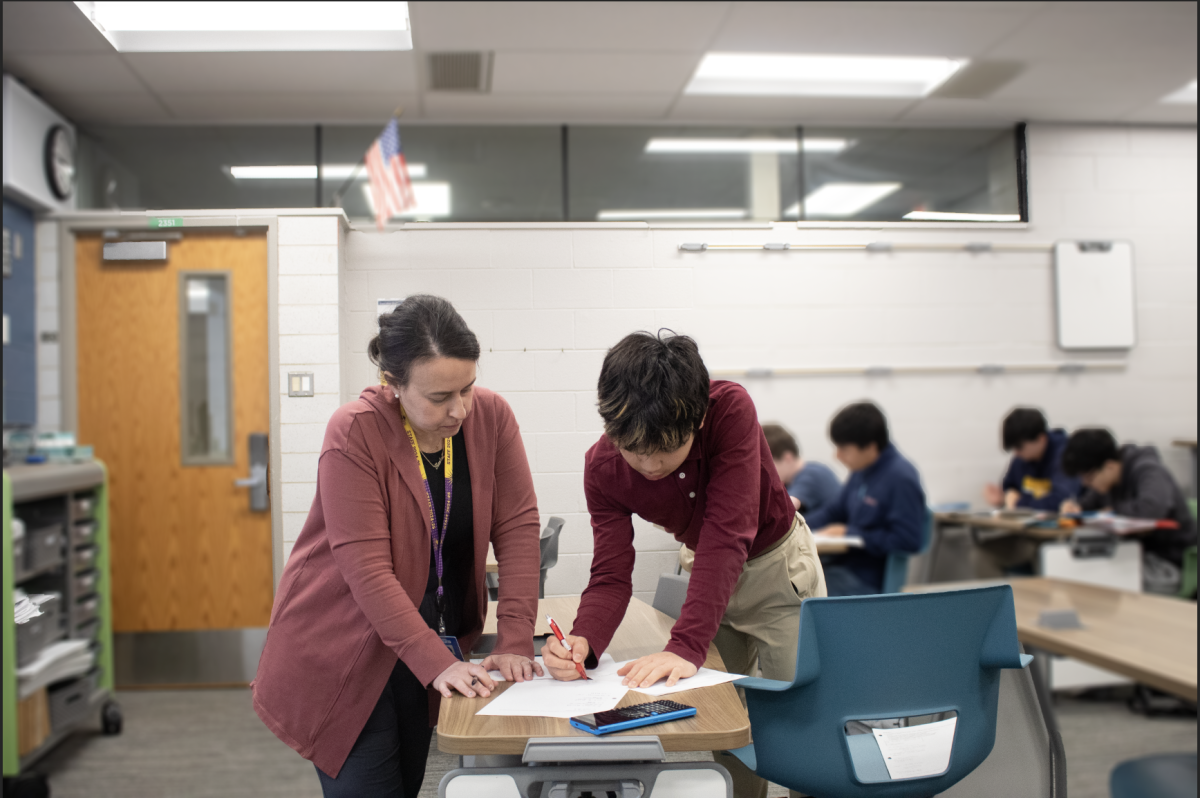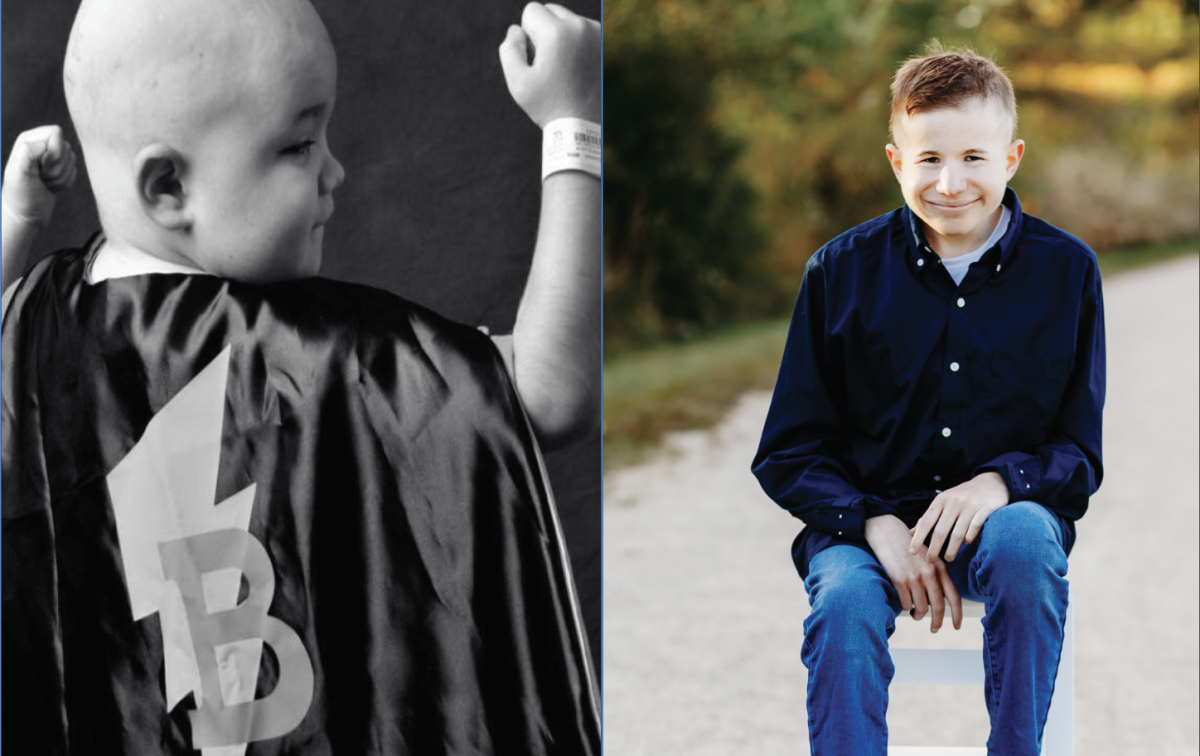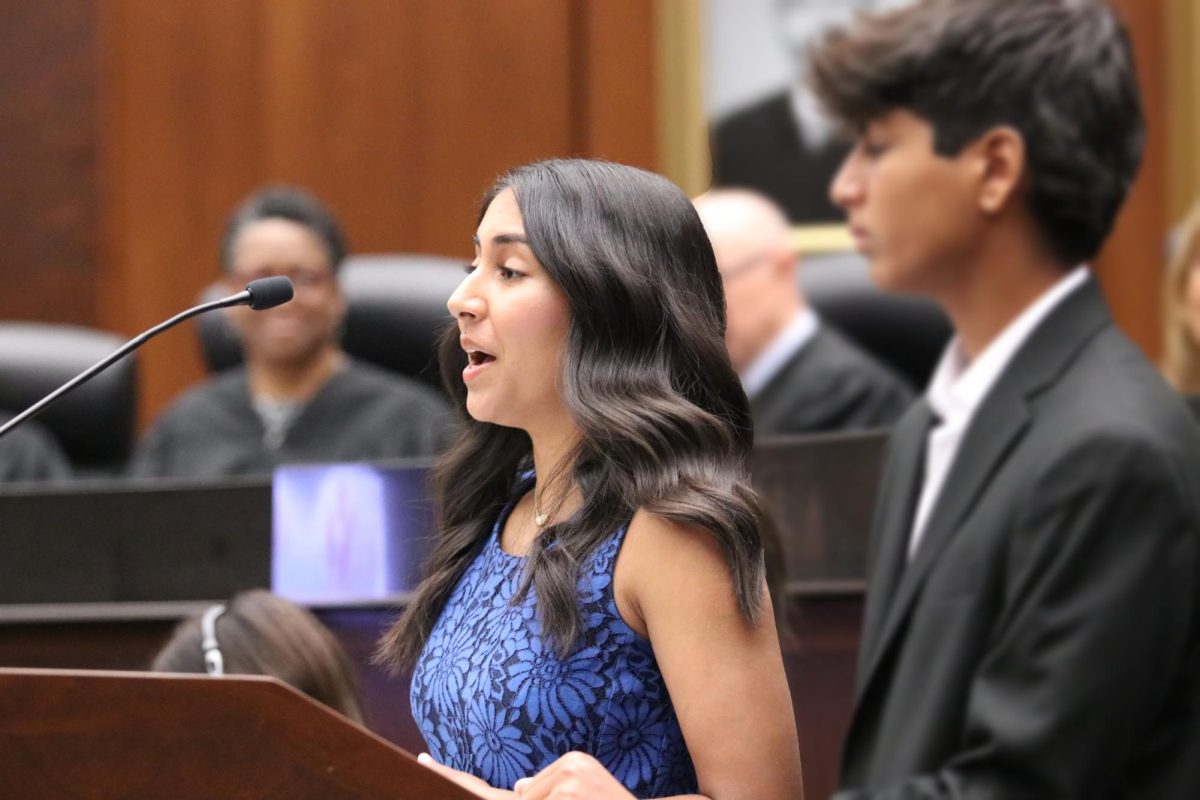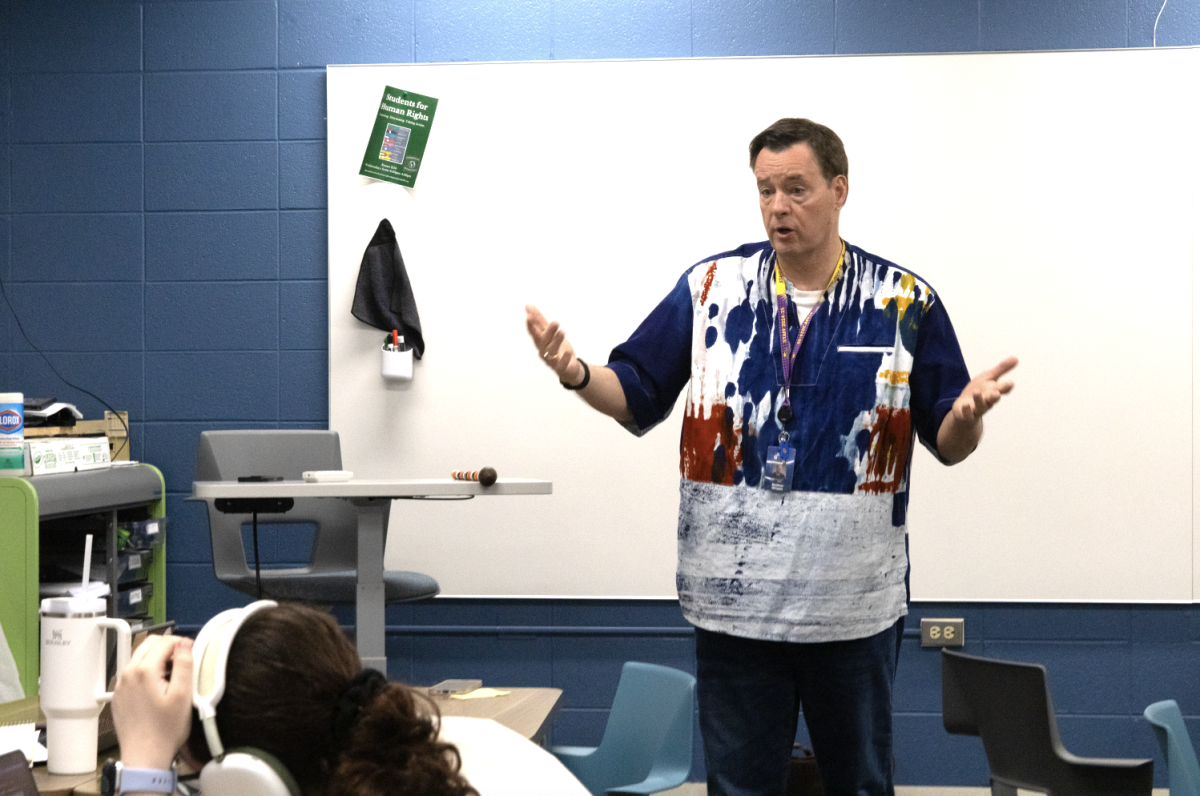One day, junior Jordan Spalding’s grandmother played a round of golf in the morning. When she came back in the afternoon, Spalding’s mom asked her how golfing went, but Spalding’s grandmother didn’t even remember that she had played golf just a few hours beforehand.
This was the first time his family noticed the grandmother’s Alzheimer’s disease. According to the Centers for Disease Control’s website, an estimated 5.4 million Americans have Alzheimer’s disease. This number has doubled since 1980 and is expected to be as high as 16 million by 2050. Alzheimer’s is a type of dementia that causes problems with memory, thinking and behavior, according to alz.org.
Spalding said his closeness with his grandmother causes his grandmother’s Alzheimer’s to have a greater effect on him. However, he feels that the Alzheimer’s has an even bigger effect on his mom.
“I feel bad for my mom especially [because there are] things that happen in [my grandmother’s] daily life that I wouldn’t notice because I only see her a couple of times a month,” Spalding said.
Junior Angela Barris* also feels her grandfather’s Alzheimer’s has the biggest effect on her mom. She says the effect is most noticeable when her mom is on the phone with him.
“She’ll reassure him about things she talked to him the day before about,” Barris said. “I know that it’s just hard for her have to hang up the phone everyday, and be like ‘I talked to him about all that stuff yesterday.’”
Barris said that her grandfather’s memory of her has been affected, bringing different dynamics to their relationship.
“He always [used to] help me with my homework, that kind of thing,” Barris said. “With the dementia and stuff it has kind of [made] a barrier [between us] but I still consider myself close with him.”
Sophomore Antonia Toromanovic has also seen many changes in her aunt due to Alzheimer’s.
“Before, she was really outgoing and loud, and she used to wear a lot of jewelry,” Toromanovic said. “Now she can’t wear jewelry anymore. [The doctors] don’t let her.”
Toromanovic explained that when her aunt sees others wearing jewelry, she remembers more about her old self.
According to Toromanovic, Alzheimer’s is hereditary and people in her family could get it. She is nervous for the future because of this.
“It’s just sad because [Alzheimer’s is] a threat to my mom,” Toromanovic said. “It might be a threat to me when I’m older. It’s kind of scary to think that that could happen to anyone.”
According to Centers for Disease Control’s website, there is no known cure for Alzheimer’s disease. Active medical management, however, can improve the quality of life for individuals living with Alzheimer’s disease. Treatment focuses on several different aspects, including helping people maintain mental function, managing behavioral symptoms and slowing or delaying the symptoms of the disease.
Sophomore Emily Abrams, who has a great-grandmother with Alzheimer’s, tries to look at the brighter side. She said she is glad that her great grandmother is still able to have fun even with her Alzheimer’s.
“I’m glad that she’s still happy and she still has that big smile on her face,” Abrams said. “It’s just tough when I see her and she can’t say my name right away.”
Spalding feels similar to Abrams. He’s sad about the effects of his grandmother’s Alzheimers, but he feels fortunate that he still has a relationship with her.
“It’s really sad, but I’m happy that it’s not worse, that I can still have a conversation with her,” Spalding said.







